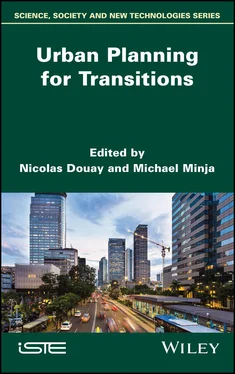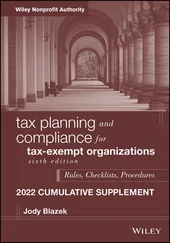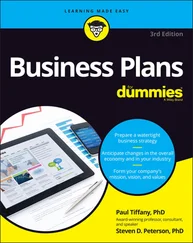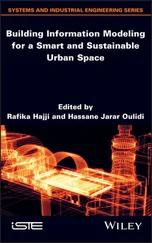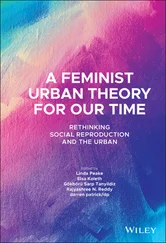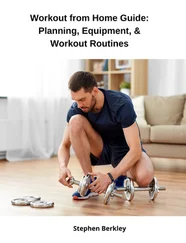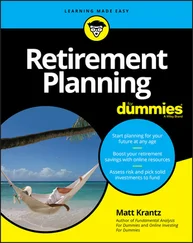i) WEsociety program
The role of Rotterdam’s WEsociety program is that there is a place for everyone, and everyone has the same opportunity to participate in the city’s action plans as well. The stakeholders tend to make Rotterdam a place where people actively want to meet one another and demonstrate their understanding and respect to each other. Mutual dialogue and connection enable and facilitates the discussion of any perceived issues.
The WEsociety program was initiated to make Rotterdam more resilient and resistant to potential harmful influences. It aims to strengthen connectedness in a sustainable way and create space for citizens to express issues and misgivings. Besides, Rotterdam is working also on expanding and strengthening the interconnectedness of the city among city dwellers, social organizations, population groups with different cultural backgrounds and with the municipal government as well. This will help the city to achieve the following different social qualities:
– integration: accept and understand each other’s value and take action to reduce tensions;
– participation: provide same opportunities to different population groups;
– capacity for adaptation: through the cultural diversity of Rotterdam’s population;
– resourcefulness and robustness: become strong and assertive to avoid the potentially negative consequences of world events;
– redundancy: get benefits of the communication channels among local population to support actions during crisis;
– flexibility: society can accommodate population groups that are facing difficulties.
For individuals, a resilient society means that everyone, regardless of their cultural, ethnic or religious backgrounds, is valued and respected and can participate – somehow – in the society (participation). Furthermore, differences and diversity will always be there, but mutual respect and understanding should always be observed (integration).
Table 1.4. WEsociety Program
(source: Rotterdam Resilience Strategy 2016)
| Scale |
The whole city |
| Owner/partner |
The Municipality of Rotterdam/welfare organizations |
| Status |
On going |
| Result |
Short-term/medium-term |
| Related actions |
6, 7, 8, 9 (see Appendix 2 of strategy) |
ii) The Rotterdam Energy Infrastructure Plan (REIP)
The transition to efficient and renewable energy will require – in addition to measures at the level of individual buildings – an energy infrastructure that can support this transition and proposals on how this transition can be implemented and overseen (a road map).
This would be an important step towards a 100% CO 2-free built environment by 2050. To do so, the municipality has decided to start this process by using the Rotterdam Energy Infrastructure Plan (REIP). It seeks to respond to the strong and ambitious endeavors of the city such as solar energy and wind energy, by finding the means for the needed transition. As the existing infrastructure and facilities are based on outdated ideas in relation to the supply of energy and do not incorporate the concepts of emissions reduction and the finite extent of the earth’s (fossil) resources, it is a good idea to come up with state-of-the-art approaches.
The REIP represents such an intermediate stage (between the ambition and implementation stage) to provide a better understanding of the ultimate goal, the implementation strategy and the relevant parameters. The challenge that exists is to ensure that the city’s energy management systems remain flexible, integrated and yet robust, as the combination of energy storage and smart grids will play a key role.
The REIP will need to deliver the following intermediate results:
– energy mix: what is possible in terms of Rotterdam’s energy supply (and demand)? This includes plans relating to the heat node and developments in the port area;
– infrastructure plan: what do the Rotterdammers need to do and where? The city is seeking to understand the optimum combination of energy solutions at the local level and the urban energy infrastructure that would be needed for this. This subproject focuses on the built environment of the city of Rotterdam;
– road map: how does Rotterdam get there? The road map provides an insight into who needs to do what and which requirements need to be met in order to make progress towards the energy transition.
The REIP approach involves a closer examination of which best combination of top–down and bottom–up measures will work the most effectively (including research into which combination of push and pull measures are required).
iii) Smart cities and climate proof
Rotterdam has approximately 50 km of industrial port, mostly fossil fuel-based, targeted to be transformed in a more sustainable port since the climate adaptation strategy in 2013. The city aims to be among the front-runners of the energy efficiency adaptation in the resilience strategy, supporting recent political agreements through the COP21 agreement in Paris. The French program is accelerating transitions in Rotterdam, as efforts are undergoing to provide cost-effective solar panels in small and large solar parks, as well as switching a large portion of the municipal vehicles to more energy-efficient ones. Also, the renewable energy infrastructure plan (REIP), which is currently under development, will focus on renewable energy and energy conservation in the Smart City Delta.
An analysis made by Arcadis included the Resilience Strategy and also made a comparison between Rotterdam and Amsterdam. It showed that statistically, after the implementation of the resilience strategy, there will be huge changes in Rotterdam in comparison to Amsterdam, as both cities strive towards achieving a more resilient environment.
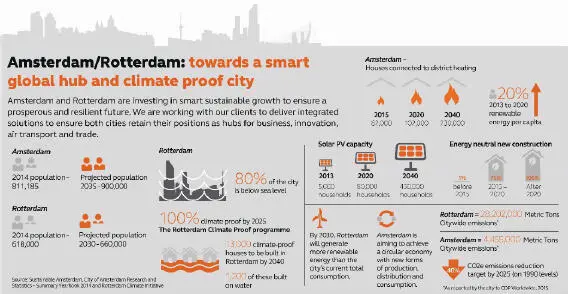
Figure 1.2. Rotterdam and Amsterdam smart cities and climate proof consultancy. For a color version of this figure, see www.iste.co.uk/douay/transitions.zip
(source: Arcadis Company 2014)
iv) Adaptive waterfront development
An opportunity to respond to the risk of floods in an integrated and inclusive approach; in other words, building resilience by design. The Rotterdam region explored, with multiple stakeholders, the future perspective of the “ River as a Tidal Park ”. The idea includes building with nature: new eco-habitants, reuse of sediments, wave reduction, better water quality, turning stony embankments into a more natural landscape and creating a foreland or title park. The funding was possible due to the port authorities and multiple stakeholders who were involved and willing to contribute to the reuse of sediments from the port, for example.
Feijenoord district, as shown in Map 1.2, is considered, on the one hand, a developing urban area. On the other hand, it is an area considered highly vulnerable to flooding from the river. As a solution, the city of Rotterdam found that it is essential to work with all partners (developers and stakeholders) to understand the level of flood risk, its implications as well as the possibilities of integrating flood management strategies into urban design and planning approaches.
This cooperation among partners outlines the distribution of cost among them, to contribute to the design, integrated development and sustainable development of the district. It could also involve the municipality and the water management board who would contribute to the costs of the construction and management of a flood defense, with private parties also contributing a proportion to the investment costs in return for direct benefits in terms of reduced flood risk and improved socio-economic conditions within the district.
Читать дальше
